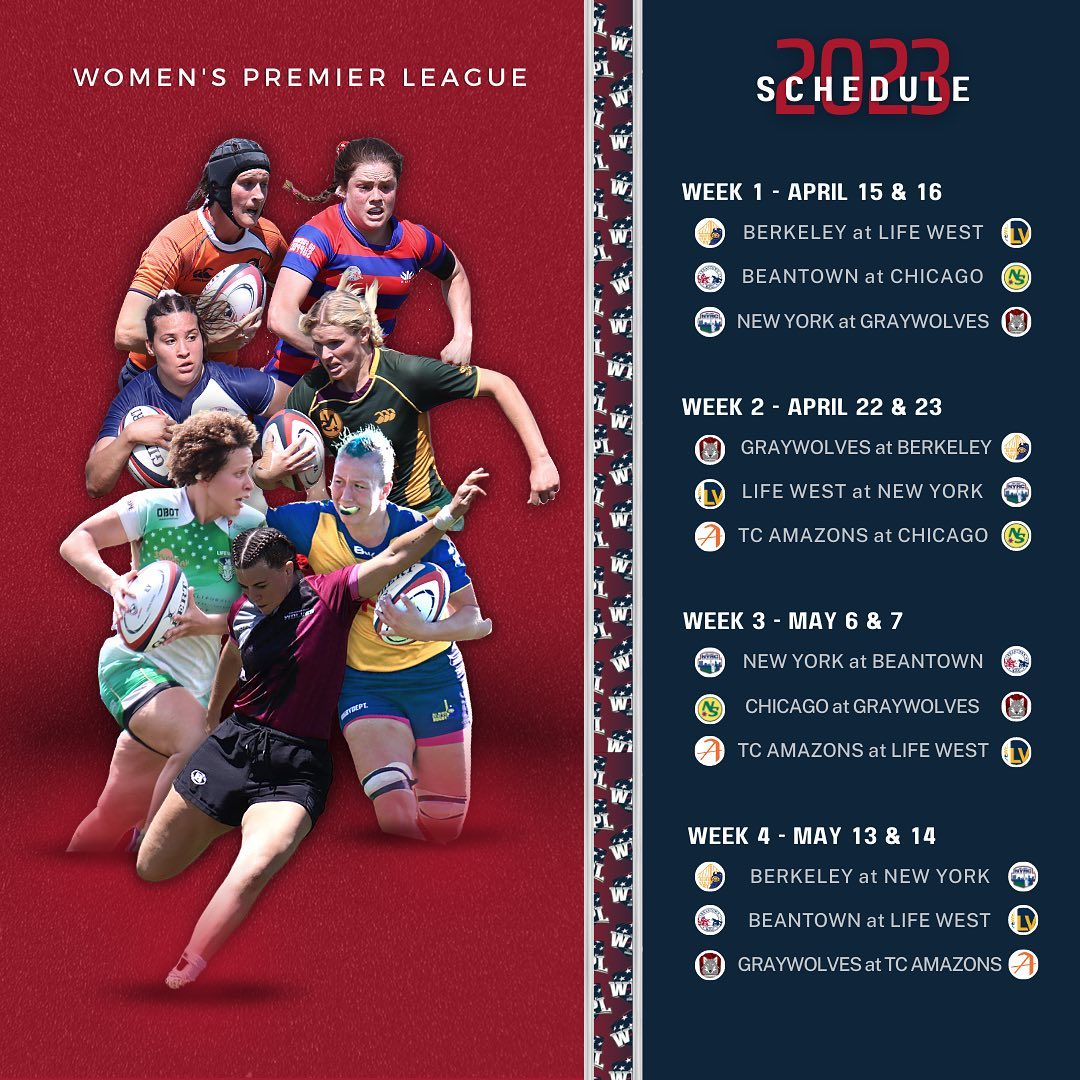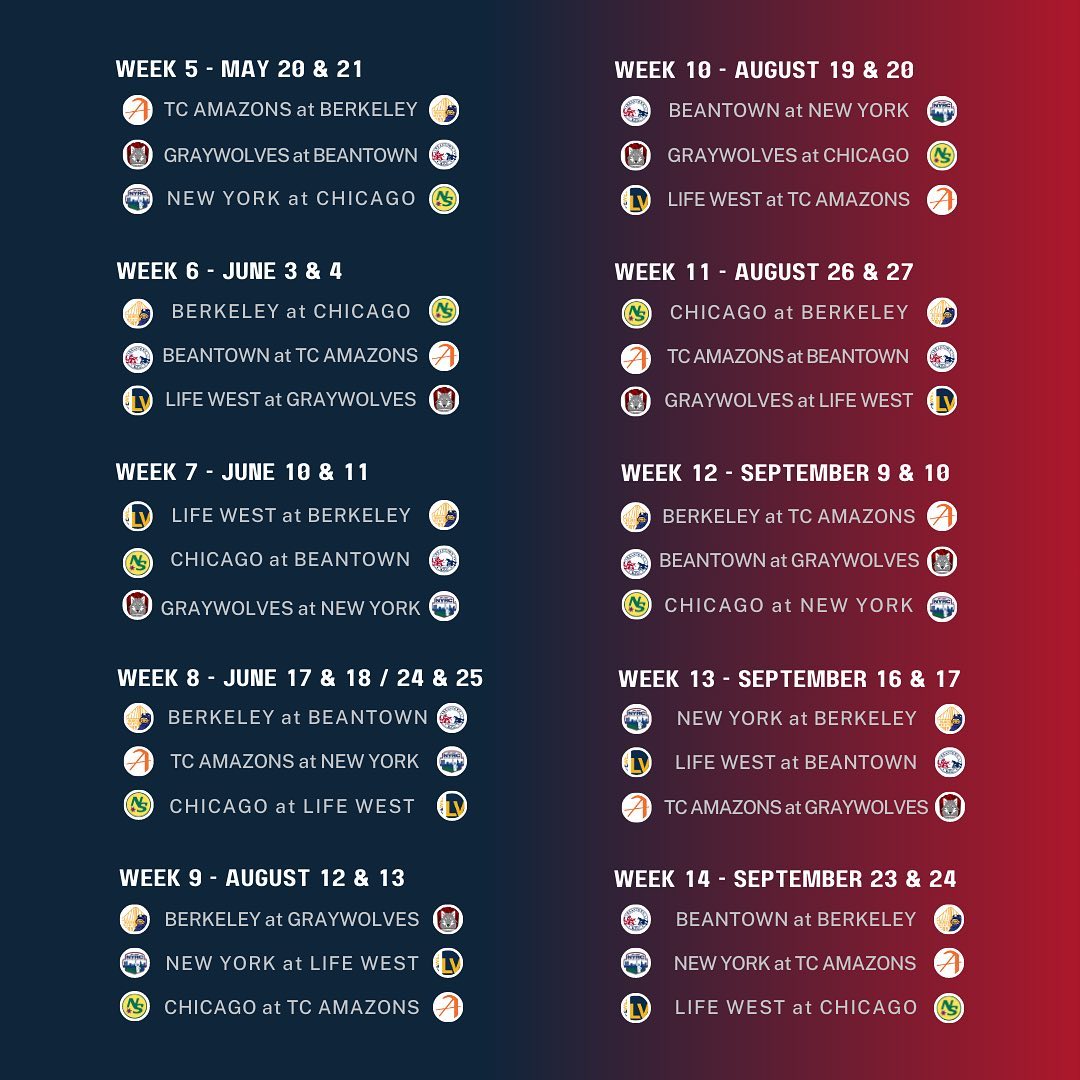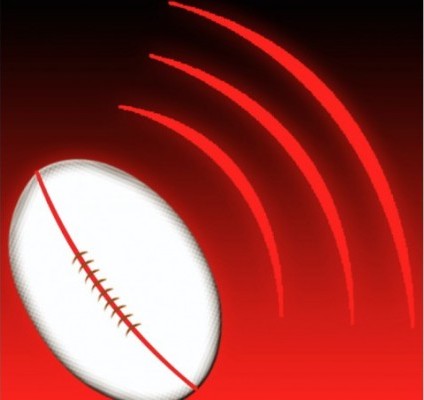WPL Makes Key Changes In Schedule and Behind the Scenes
WPL Makes Key Changes In Schedule and Behind the Scenes
The Women’s Premier League (WPL) is kicking off its 2023 Season in April and with it see a series of changes within the league.
The WPL’s league leadership spent the majority of 2022 working with cross-league stakeholders to outline and implement significant changes to put the league on the path towards professionalization, and while most of the changes are behind the scenes, some are right out in front.
The Schedule and the Teams
The most obvious changes in the WPL are the extended schedule and the which teams are competing in the 2023 Season.
Extending the competitive calendar to include more games provides opportunities to develop more players and build depth, and also allows for creativity in offsetting player costs. For example, with an extended schedule teams can avoid traveling on holiday weekends, or cut out back-to-back cross-country travel.
The new calendar also allows for the flexibility to align more closely with USA National Team assemblies, prioritizing development without hurting numbers when a team travels. As a result, the new-look WPL schedule will run from mid-April through to late September, with a significant break in the summer (mid-June to mid-August) during which most teams will play just one game.
 |
 |
The schedule means an expanded number of games per team, with everyone playing 12 games, a 50% increase from previous seasons. This is a result of a plan by league leadership and the member clubs to elevate the league by providing more competition while at the same time trying to balance demands on players in a concentrated period of time.
“What we didn’t want was a league-versus-national team situation,” said Sam Luther, WPL Board Member. “We are the domestic development entity for the Women’s National Team, so having real alignment here is integral to both entities' goals. We both have to put our money where our mouth is and do our best to work within the international rugby calendar while also recognizing that any changes from the top—World Rugby—down have to be communicated early and transparently.”
This is a demand on the players and clubs, to be sure, but since the WPL is the elite women’s club league in the USA, and since it is very rare for a rugby player to come straight out of college or high school and make the Eagles, a strong, elite domestic league is crucial to the future of the game at the higher levels.
The league will also see a smaller group of teams competing in 2023. With the enhanced standards of the League, three teams have stepped away (for now) partly to focus on their own maturity and development. Beantown RFC, New York Rugby Club, Chicago North Shore, Twin Cities Amazons, Colorado Gray Wolves, Berkeley All Blues, and Life West Gladiatrix will compete for the WPL National Championship. San Diego Surfers, ORSU, and Atlanta Harlequins will participate in their regional community competitions or touring for 2023.
“What these teams did was incredible," said KJ Johnson, WPL League Leader. "They had really hard internal conversations and determined that although they support the direction of the League, they personally aren’t quite there yet. In all of those conversations, they all asked what the pathway back into the WPL may look like, and although we don’t know those answers yet, their altruism and dedication to the League is appreciated and won’t be soon forgotten.”
Behind the Scenes
“Rugby people know how to make rugby happen,” said WPL Board Member and Co-Commissioner Ali Gillberg. “We needed a way to move beyond 'just making rugby happen' and elevate ourselves to accomplish some of these big audacious goals we have for the league and its players.”
The problem, added Luther, was that indeed they were making rugby happen, but that was it. The clubs and the league leadership came together and talked about where they wanted to be in a few years. They want the WPL to be a professional league. They want fans to love the league. They want this not only to be a national team pathway, but a great experience in and of itself for all players.
“Looking at the WNBA, winning a Championship means as much to players as winning an Olympic medal,” said Luther. “We want the WPL Championship to be that important to a player. If you never play for the Eagles, making a WPL team, being a WPL player still should be an accomplishment.”
One of the ways they get there is by setting up a league and an organization that is professionally-run. The big move, then, has been to revamp the league’s Board of Directors from that of a board of majority players to a board of true professionals with diverse experiences and networks, a true non-profit Board of Directors. The goal is to allow this type of board to strategically consider different avenues for growth and development of the league, to find funding, and partnerships, and ultimately supporting the players in a way that allows them to be the best version of themselves on and off the pitch.
“The issues we deal with have been the same for the last 15 years,” said Gillberg. “Now we have the consensus and support from the clubs to work on them.”
The Pathway
While there is honor and glory in playing in the WPL, the Eagles are inexorably linked to the WPL. At the recent WRCRA Conference in Virginia, Berkeley All Blues Head Coach Hannah Stolba made an impassioned plea to develop more high-level coaches. Today’s international stars, she pointed out, are in their mid- to late-20s, and older. They need time developing their game in a meaningful league, and to get there, they need coaching.
It’s telling that while that conference honored (rightly) the accomplishments of the 1991 World Cup winners and the 1994 and 1998 World Cup runners-up, and the myriad contributions of the late Kathy Flores, many of the great and good players from that era did not go into coaching or serve the game in other ways. There is a place for former players, was Stolba’s message.
For the players, Johnson’s message is that the current pathway through collegiate programs may not work for everyone. “I didn’t go to college, and I missed out on national team exposure because of that. I found my way through 7s and through the WPL. So how do we create a sustainable pathway that is more accessible to the talented players coming out of high school and college? The WPL is and has always been a necessary pillar of the pathway, and development of the game is dependent on the recognition and investment in this domestic league.”
Within the Framework
Working with key stakeholders within American rugby, such as creating a true partnership with USA Rugby and having strategic conversations with Major League Rugby and Premier Rugby 7s, is crucial to being successful, said the leadership.
“Nothing about growing or developing rugby in America works in silos. We have seen that time and time again, quite simply we have to get beyond our very small echo chamber for true growth,” said Luther.
Not Right Now
“This is about the long term,” said Johnson, echoing both Luther and Gillberg. Balancing these key structural improvements in year one, and providing investment back to the players in a sustainable way is a major focus for league leadership.
“It’s a slow rebuild,” said Luther. “We have a clear set of goals and strategic vision, and we are hyper aware that there will be friction in Years 1 and 2 (and maybe even 3), but we have to start somewhere. We know its a huge ask, however, creating a platform that appropriately elevates and showcases the talent in the league is what we all deserve.”
In the short-term, the new leadership is committed to offering help making the playing of rugby a bit easier, especially from the operational level. They can provide tools to handle logistics, paperwork, or finding local partnerships. The ripples of the COVID shutdowns truly slowed down the momentum of the League.
“New administrators need help,” said Gillberg, “and we are going to share our institutional knowledge to help bridge that gap.”











